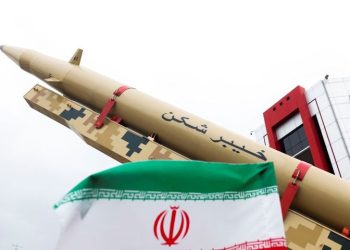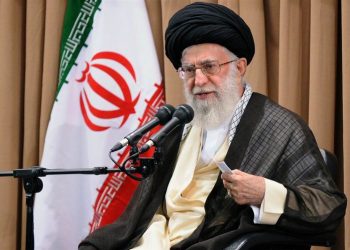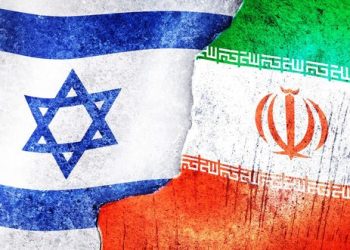Jakarta, Indonesia Sentinel — The trade war between the United States and China has reached new levels of intensity after President Donald Trump announcement on U.S. reciprocal tariffs with both nations currently double down on retaliatory tariffs.
President Donald Trump, seeking to assert America’s dominance in global trade, has steadily increased tariffs on Chinese goods since taking office. On February 3, Trump imposed a 10% tariff on all Chinese imports. That figure doubled to 20% just over a month later, on March 5.
The situation escalated sharply this week. On Wednesday, April 2, Trump announced reciprocal tariffs against 60 countries, with China being hit hardest. Chinese products entering the U.S. now face a 34% import tax, up from the previous 20%. The new tariffs officially took effect on Wednesday, April 9.
President Xi Jinping swiftly responded, announcing matching retaliatory tariffs of 34% on American goods just two days later, on April 4. China’s Ministry of Finance confirmed the move, which came into effect on Thursday, April 10.
Trump dismissed Beijing’s response as “a sign of panic” and retaliated with a fresh threat: additional tariffs pushing the rate up to 50%. The very next day, U.S. hiked tariffs on Chinese imports again, this time to a staggering 104%, coinciding with the official start of the reciprocal tariff regime.
China, refusing to back down, matched the escalation. Beijing raised its retaliatory tariffs on American goods from 34% to 84%. In a statement on April 9, China’s Ministry of Commerce declared that Beijing “has strong resolve and ample tools to take necessary countermeasures and will fight to the end.”
In a dramatic move, President Trump responded yet again, announcing on Wednesday (April 9), that the U.S. would impose reciprocal tariffs as high as 125% on Chinese imports.
Read Also:
Indonesia Considers Increasing Oil and LPG Imports from U.S. in Response to Trump Reciprocal Tariffs
According to CNN Indonesia, The U.S. escalated its trade offensive against China on Thursday (April 10), raising tariffs on Chinese imports to a minimum of 145% up from the 125% announced just a day earlier.
The White House confirmed the move in a statement, clarifying that the newly imposed reciprocal tariffs are in addition to the 20 percent baseline tariffs that were already in effect, stating that the tariffs would be a cumulative rates.
Temporary Suspension
Amid the soaring tensions, Trump also introduced a surprising development with a 90-day suspension of reciprocal tariffs for most countries. The pause reduces import duties to a flat 10% for nations previously targeted under the broader tariff regime. However, the pause explicitly excludes China.
The tariff hike marks the latest response from the U.S. following Beijing’s decision to raise import duties on American goods entering the Chinese market. The trade war underscore deepening tensions between the world’s two largest economies.
(Raidi/Agung)

























